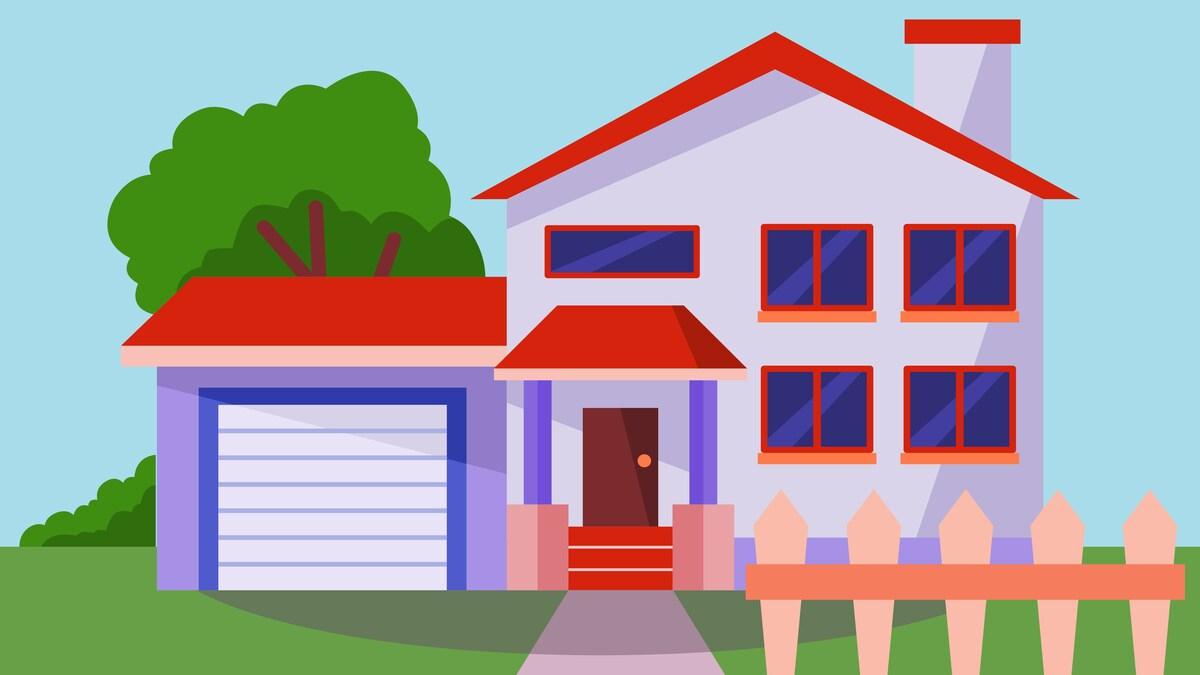There are several factors that can be used to calculate the monthly payment for a mortgage of $1,850,000, such as the interest rate, loan term, and down payment. These inputs help you budget and choose the most suitable mortgage option. Here are the important details to help you navigate the financial decision.
What’s the monthly payment on a $1,850,000 house?
To determine the monthly mortgage payment for a $1,850,000 home, you need to enter the following details into a mortgage calculator:
- Home Price: $1,850,000
- Down Payment: The percentage of the purchase price paid upfront.
- Interest Rate: The annual rate charged by your lender.
- Loan Term: The length of the mortgage, typically 30 years (360 months).
Entering these details will lead to the creation of a monthly payment along with a loan amortization schedule. The schedule explains the amount of interest and principal contained within each monthly payment, as well as how the outstanding amount is reduced over time. You may also opt to download this information as a printable PDF for future reference. For example, at an interest rate of 3% over a 30-year loan, your monthly payment will amount to about $7,800, comprising both interest and principal funds, with balances in each payment tilting to principal amounts over time.
How do interest rates and down payments impact your loan?
Down payments
The regular down payment for such a home is 20% or $370,000. But this figure isn’t fixed; it can vary according to lender norms and the borrower profile. All lenders also support lower down payments of 5% or 10%. However, that means more borrowing with potentially higher monthly payments and other expenses, such as private mortgage insurance (PMI).
Read more: 2024 was a major year for bankruptcies – these were some of the biggest.
For instance:
- A 5% down payment of $92,500 results in a loan amount of $1,757,500.
- A 10% down payment of $185,000 reduces the loan to $1,665,000.
Higher down payments reduce the total loan amount and monthly payments, offering long-term savings.
Interest rates
Interest rates play a significant role in determining monthly payments and the total cost of the loan. For a $1,850,000 loan over 30 years:
- At 3%, the monthly payment is approximately $7,800, with a total payment of around $2.8 million over the loan term.
- At 5%, the monthly payment rises to about $9,930, with total payments exceeding $3.5 million.
Higher rates significantly increase both monthly payments and total costs, emphasizing the importance of securing the lowest possible rate.
Loan amortization: Paying down your mortgage
The amortization schedule describes how your loan gets paid over time. In the initial years of the period, most of the payment goes to the interest portion and contributes less toward the principal as the loan term progresses.
For example, during the first month of a 30-year, 3% loan, $4625 is allocated to interest and $3175 is allocated to the principal balance, with a remaining balance of $1846825. Each month thereafter, the amount applied to principal increases while the rest decreases the remaining amount to be allocated for interest. By the last month of the last year, nearly the entire payment each month would have applied to the principal portion.
Read more: Is the stock market open on New Year’s Eve? When does it reopen?
The gradual shift in payment distribution continuously reduces the total loan and, finally, to $0 by the end of the term. By looking into the amortization schedule, borrowers understand their contribution towards the loan and also plan their financial goals for the future.
Personal thoughts
Important factors involve the down payment, interest rates, and loan terms. To compute a mortgage payment for a home costing $1,850,000, one has to be aware of all these. It would be even more prudent to use a mortgage calculator and view the amortization schedule that this payment translates into to gain an insight into what one would have to factor in as an expense. Whether it’s just the standard 20% or one wants to explore lower options, it’s prudent to check how the interest rates on structures affect the overall cost to you. Work through the analysis so that you can make the right decisions in this investment on which one you would not quickly reconsider.

